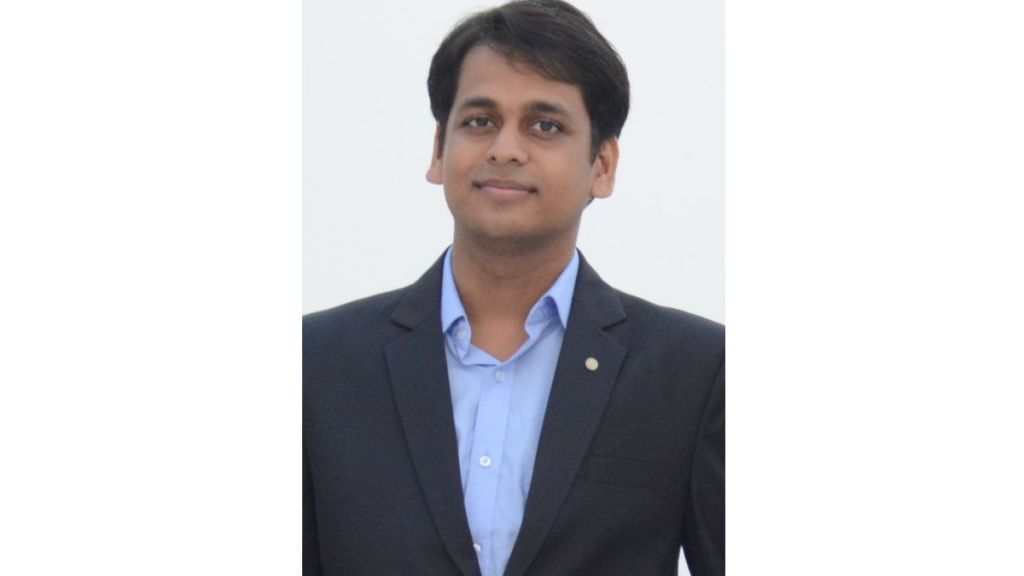By Samrat Singh
India is grappling with a shortage of pathologists and microbiologists, wherein there are about 3 lakh medical testing laboratories but only 5,500 qualified MD pathologists. Accredited laboratories are present in urban India while rural areas are making do with laboratories that are not accredited. In addition, diagnostic errors due to unskilled or untrained microscopists is further highlighting the pressing issue of quality diagnostics. While sample variability and environmental conditions may be unavoidable, limitations of traditional microscopes or unskilled laboratory technicians along with human errors may increase the percentage errors of diagnosis impacting prognosis and patient recovery. These issues underline the importance of technology in pathology, where smart microscopy is leading the way in disease diagnosis by accurate diagnostic analysis, diligent reporting, and reduction in human errors.
Digital microscopy is revolutionising pathology and pioneering a new era of diagnostics with emerging technologies like Artificial Intelligence playing a pivotal role. AI will speed up diagnosis and increase its scale, addressing the problem areas that the country is currently facing. AI in microscopy is not only transforming traditional pathology in terms of accessibility, affordability, accuracy, and efficiency but also enabling Intelligence in the Pathology World.
Integrating AI in pathology, Intelligence in disease diagnosis and management
Digital pathology with disruptive technologies such as Artificial Intelligence will drive the way forward, in diligent diagnosis. AI enabled automated microscopy will cater to the diagnostic needs of patients suffering from critical illnesses such as cancers, or anaemias or infections like malaria, dengue etc. Artificial intelligence is the bankable tool to make microscopy intelligent, enabling AI-based analysis, diagnosis, image acquisition and processing. Digital microscopes provide magnification capabilities due to its superior zooming function while AI supports digital analytics and intelligent diagnostics. Artificial Intelligence is transformational, accelerating robust and real-time data analysis and reporting. Pathologists that would take 15 minutes for sample testing will now be able to produce results in a matter of seconds, that too error-free. The primary job of a microscopist is to identify cell changes, infections and make disease diagnosis accurately. AI run algorithms automatically detects, identifies, and differentiates, thus giving a qualitative and quantitative, timely and error free diagnosis that could occur otherwise with a lengthy lab workflow process. Artificial intelligence in microscopy is disrupting healthcare resulting in quick diagnosis, enhancing training needs and bridging the gap in remote management of healthcare.
Artificial Intelligence, addressing need for Augmented Intelligence in Healthcare
As per a Global Artificial Intelligence Microscopy Market Research Report by Insight Ace Analytic, the Artificial Intelligence Microscopy Market is expected to grow at a 9.0% CAGR during the forecast period for 2023-2031. AI leverages sophisticated computation and inference to generate insights, enabling the system to reason and learn, while empowering error-free clinician decision making. Cutting-edge technologies in pathology will further its agenda of quick turn around time for diagnosis and remote healthcare management to avoid delays in administering treatment to patients. With AI, real-time detection of infections, can provide immediate remediation in contagious cases or remote healthcare management where traditional methods consume time and delay treatment. To cite a few examples, AI powered microscopes can not only help diagnose malaria easily with clinical accuracy, but also differentiate between parasites of the disease. Using AI, the University of Gothenburg can now track the movement of cells throughout time and place, a technique highly beneficial for creating more potent cancer treatments. Scientists have discovered that deep learning, a powerful form of artificial intelligence, can discern and enhance microscopic details in photos taken by smartphones to such an extent that they can match the quality of images from laboratory-grade microscopes as per researchers from the University of California, Los Angeles (UCLA) in the US.
AI provides augmented intelligence in terms of interpreting data, drawing connections, proposing hypotheses, deriving inferences, and evaluating evidence. AI fastracks medical decision making based on evidence and intelligent data analysis.
AI adoption in Diagnostics, ushering the new-age world of pathology
There is no doubt that AI is a game changer in the world of pathology, addressing the current challenges faced by microscopists and bridging the gaps within traditional microscopy. While imaging, detecting cell patterns, breaking down complex tasks are among the basic functions, insight-driven analysis holds real value in the field of medicine. The new age advancing world of pathology focuses on real-time analysis of data and imaging much faster and accurately than humans reducing the tedious, time-consuming, and cumbersome nature of the analysis. Automation can further enhance in-depth investigations, optimise available data, thus providing innovative solutions. This will prove to be a disruption in research in biomedical and life sciences fields and critical illnesses such as cancers as well as infectious diseases like malaria etc.
The evolving landscape of healthcare in a highly populous country like India will need the adoption of technologies such as AI, Machine Learning, and cloud to leapfrog in the field of medicine.
India is one of the regions leading the Artificial Intelligence Microscopy Market as per a report by Precision Reports Insights. AI is changing the face of pathology with cost-effective, accurate and timely results, enabling intelligent disease diagnosis, research, insights driven analysis with error free reporting. AI adoption and implementation will disrupt the world of pathology, accelerating progress in disease diagnosis, thus addressing the needs of pathology in the country.
The author is co-founder and CEO, Medprime Technologies









